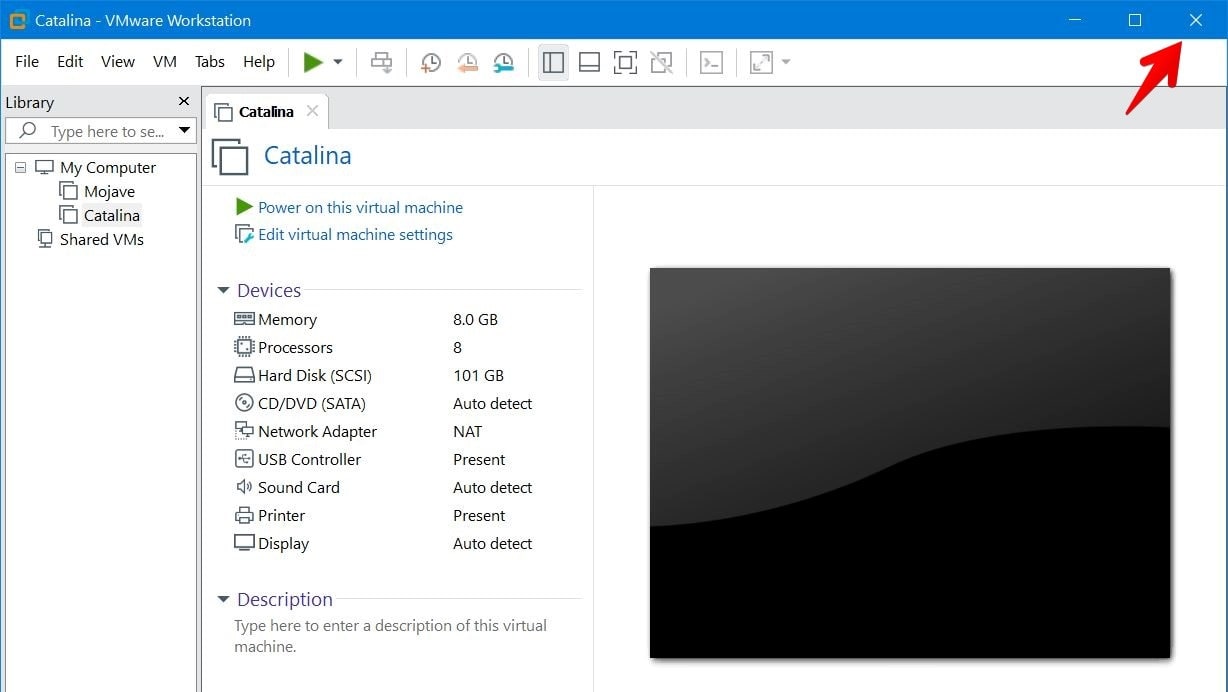

- Mac model identifier vmx install#
- Mac model identifier vmx drivers#
- Mac model identifier vmx update#
- Mac model identifier vmx full#
- Mac model identifier vmx pro#
Mac model identifier vmx install#
:~$ sudo apt-get install bridge-utils qemu-kvm libvirt-bin python python-netifaces vnc4server libyaml-dev python-yaml numactl libparted0-dev libpciaccess-dev libnuma-dev libyajl-dev libxml2-dev libglib2.0-dev libnl-dev python-pip python-dev libxml2-dev libxslt-dev
Mac model identifier vmx update#
Also the VM is enabled to support hypervisor applications within the VM.Īt this point Ubuntu Server has been freshly installed, and the option to install virtualisation was selected during setup.įirst things first, let’s update all packages, install the prerequsite packages and restart the system :~$ sudo apt-get upgrade
Mac model identifier vmx pro#
Just for fun this is actually running as a nested Vmware VM on my Macbook Pro – fine for a lab, but don’t try this in production! 🙂 I have allocated 8GB RAM, 4 vCPUs and two vNICs to the Ubuntu VM. Now I’m going to walk through setting up vMX on Ubuntu 14.04 LTS server (Juniper’s recommended flavour of Linux for vMX).
Mac model identifier vmx full#
Full scale features are included! List price on the 100Mbps option is a very reasonable $750.Īt 1Gbps and above, licences are a combination of features (Base, Advance, and Premium) and full duplex throughput (1G, 5G, 10G, 40G) You can start small and pay-as-you-grow with vMX.īelow 1Gbps there are only 3 options – 100Mbps, 250Mbps and 500Mbps. Now this is what I really like about vMX! Licensing is based on a combination of throughput and features, and the lowest available throughput license is 100Mbps! Yes – you don’t need to be shifting multi-Gigabits of traffic to start with vMX. Which you will choose will ultimately depend on your use case for the vMX. Juniper recommend virtio or SR-IOV up to 3Gbps, and SR-IOV over 3Gbps (using a minimum of 2 x 10GE interfaces). PCI passthrough using single root I/O virtualisation (SR-IOV), enabling packets to bypass the hypervisor and therefore increase I/O.
Mac model identifier vmx drivers#

The VMs are managed by a simple orchestration script which is used to create, stop and start the vMX instances. The Linux virtualisation solution KVM is what Juniper are using to spin up the virtual instances of the control and forwarding planes, and multiple instances of vMX can be run on the same hardware. To see Juniper using Linux and KVM is no surprise as this is what we are used to on Juniper’s other products such as the QFX. VMX itself actually consists of two separate VMs – a virtual forwarding plane (VFP) running the vTrio, and a virtual control plane (VCP) running Junos.

VMX can be installed on server hardware of your choice, so long as it is x86 based and running Linux (although I’m sure a version to run on vmware won’t be too far away). Like other MX routers, it runs Junos, and Trio has been compiled for x86! Yes, that means the sophisticated L2, L2.5 and 元 forwarding features we are used to on the MX are present on the vMX. The vMX is a virtual MX Series Router that is optimized to run as software on x86 servers. In this post I’ll be giving a bit of background on the vMX architecture and licensing, and then go on to walk through a lab based configuration of vMX. I’m excited to finally have the opportunity to play with Juniper’s vMX! Since it was announced last year I’ve been eagerly waiting for release – a couple of client projects already have passed by where the vMX would have been a perfect fit. vMX already won an award earlier this year at Interop Tokyo 2015!


 0 kommentar(er)
0 kommentar(er)
